How Power Factor Impacts the Efficiency of Street Lights
Introduction
- Definition of Power Factor (PF): Power factor is the ratio of real power used to perform work to the apparent power flowing in the circuit. It indicates how efficiently electrical power is converted into useful work.
- Overview of Power Factor’s Impact on Street Lighting Efficiency: Power factor plays a crucial role in determining how effectively street lighting systems utilize electrical energy, affecting both energy consumption and lighting performance.
Understanding Power Factor
1.1 Power Factor Values (0 to 1)
- Power factor values range from 0 to 1, with 1 representing perfect efficiency. A value closer to 1 indicates that most of the electrical power is being used for the intended purpose, while values closer to 0 indicate significant energy wastage.
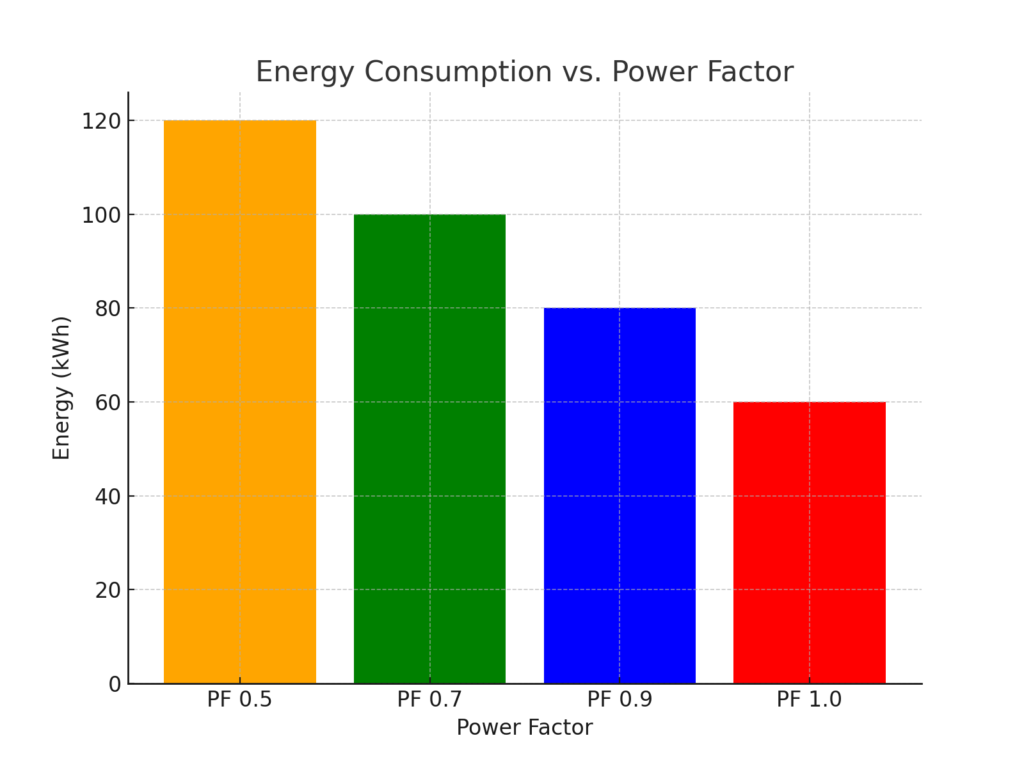
1.2 Importance of a High Power Factor
- A high power factor is essential for minimizing energy losses. It leads to more efficient energy conversion, reduces operational costs, and ensures better performance of the lighting system, which is crucial for street lighting projects.
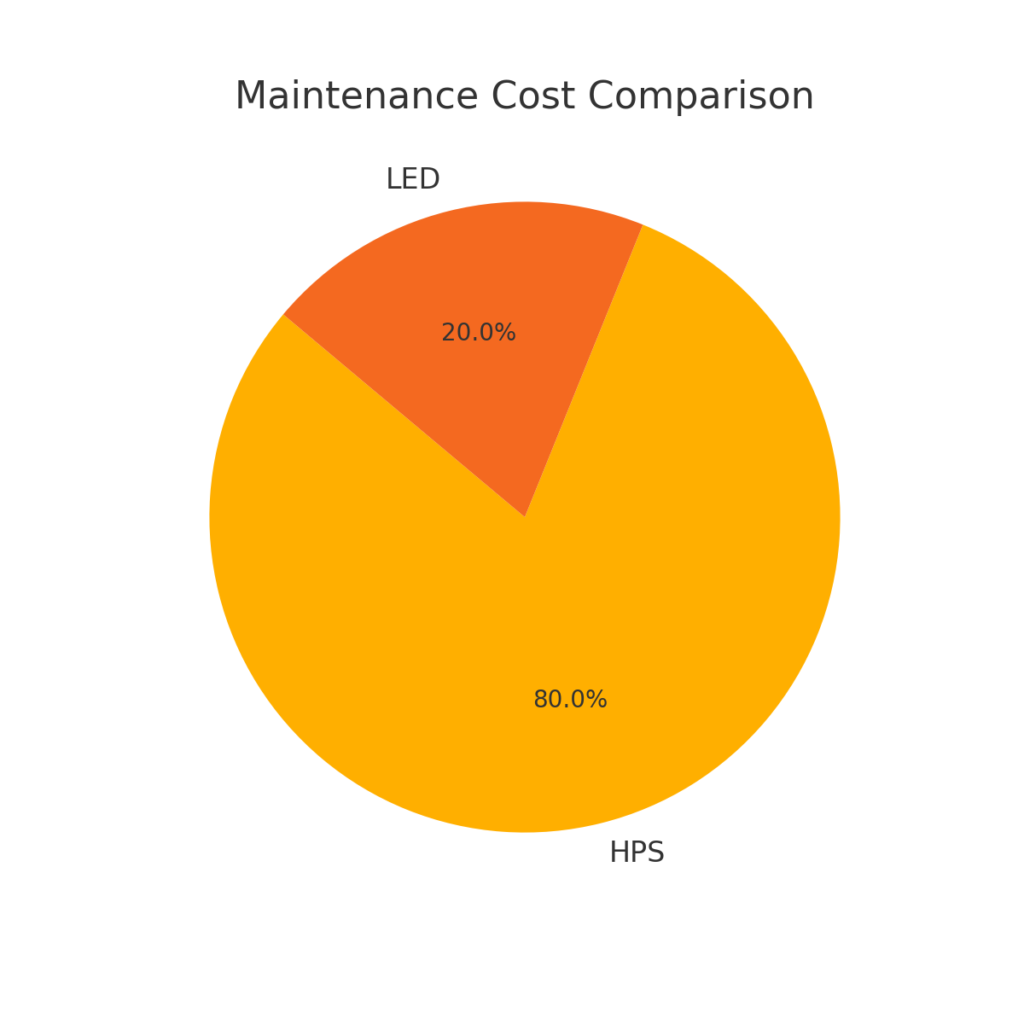
The Role of Power Factor in Street Lighting Efficiency
2.1 Energy Utilization
- A higher power factor signifies better conversion of electrical power into light, reducing the energy wasted as heat or reactive power. This leads to more efficient energy usage in street lighting systems, translating to fewer energy losses.
2.2 Cost Implications
- Power factor directly impacts the electricity bills for municipalities and businesses. Low power factor systems require more power to achieve the same illumination, resulting in higher operational costs. High PF street lights, on the other hand, reduce energy consumption, leading to cost savings over time.
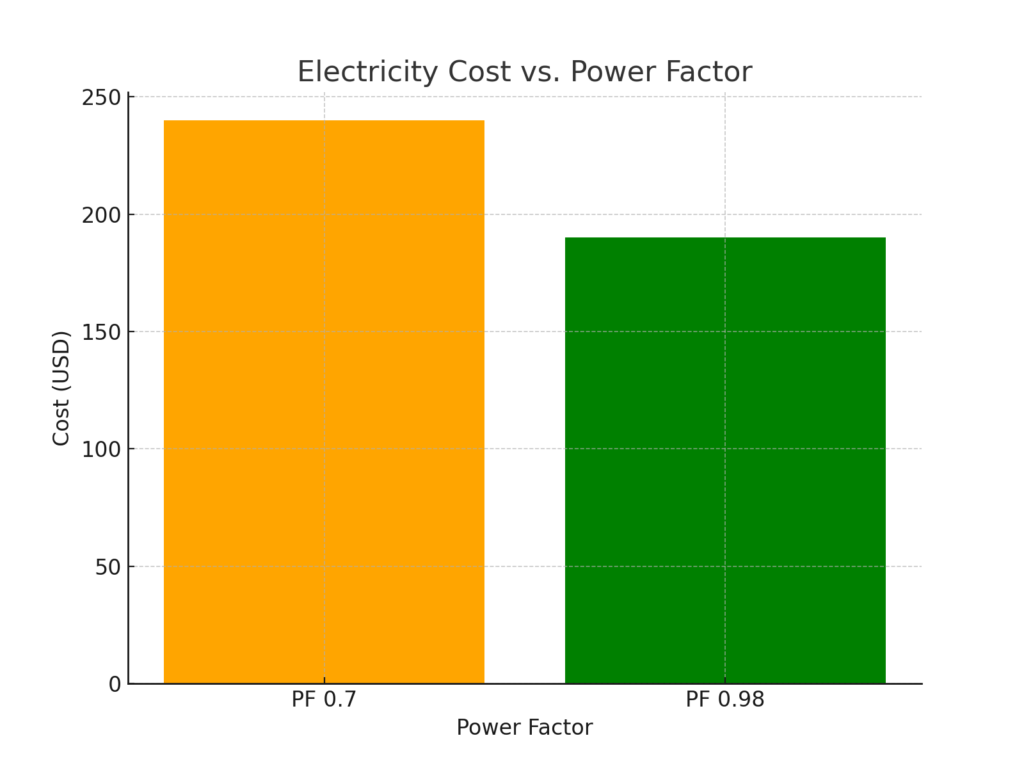
Effects on Lighting Quality
- Lighting Quality and Stability: A low power factor can result in issues like flickering, instability, and poor performance of street lights, which can be hazardous in outdoor environments. High PF ensures stable, high-quality illumination, enhancing safety and visibility on streets.
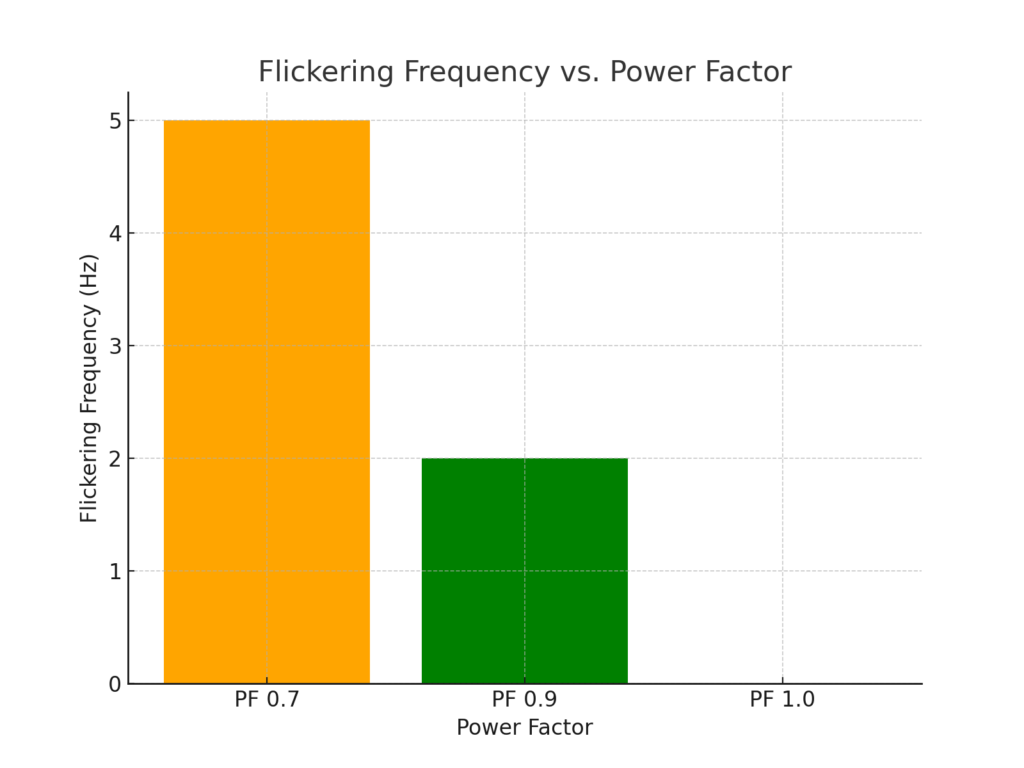
Environmental Impact
- Energy Consumption and Carbon Emissions: High power factor street lights consume less energy and contribute to reduced carbon emissions. As global sustainability efforts intensify, upgrading street lighting systems to high PF models can significantly reduce the carbon footprint, aligning with eco-friendly goals.
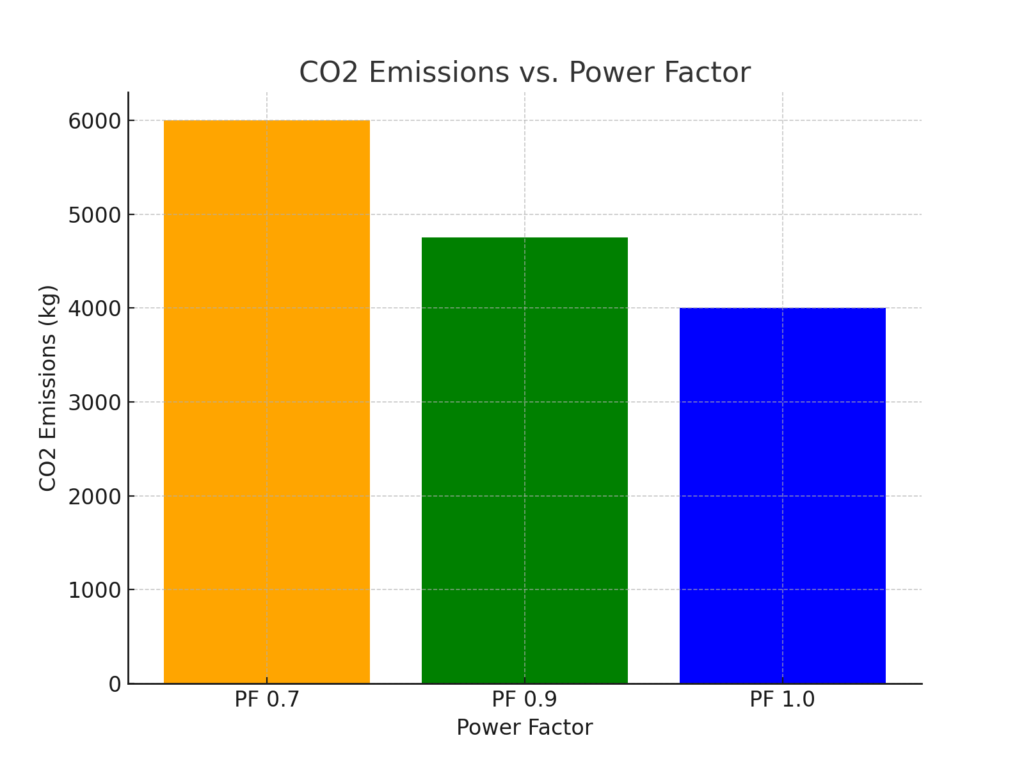
Factors Influencing Power Factor in Street Lights
3.1 Quality of LED Drivers
- The LED driver is a key component in determining the power factor of street lights. High-quality drivers with power factor correction (PFC) ensure efficient power conversion and minimize energy losses, contributing to a high PF.
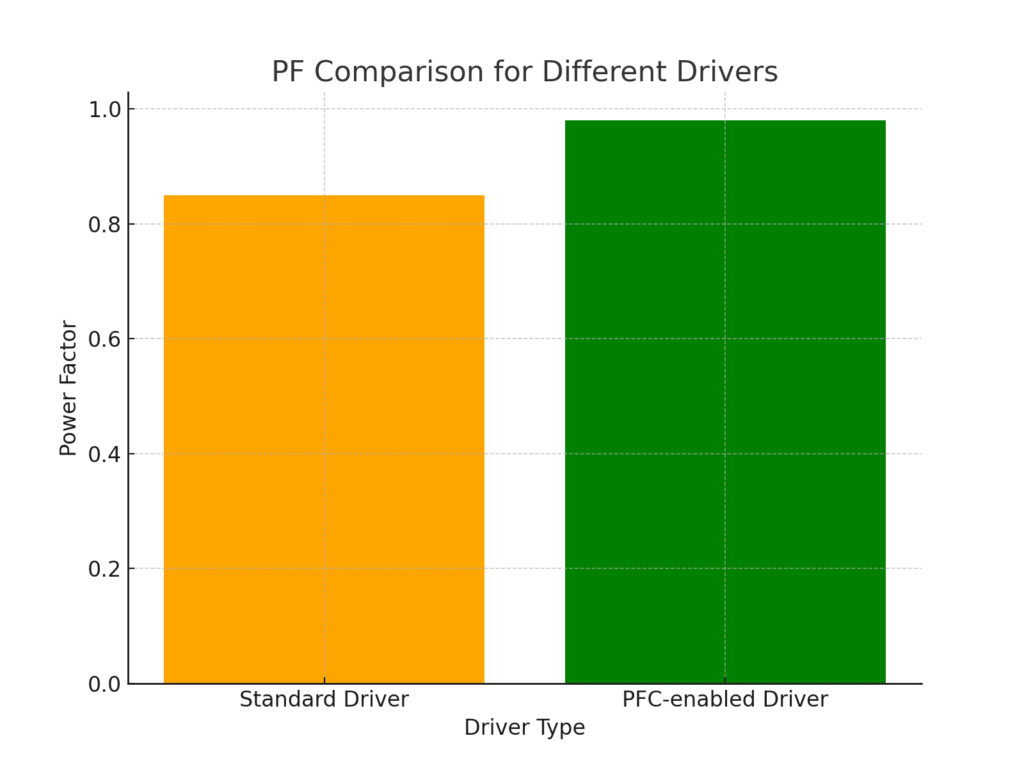
3.2 Total Harmonic Distortion (THD)
- Total Harmonic Distortion (THD) refers to distortions in the electrical waveform caused by non-linear loads. High THD levels can reduce the power factor by introducing inefficiencies in the system. Using lighting systems with low THD is essential for maintaining a high power factor.
3.3 Load Conditions
- The number and type of lights connected to a street lighting system can impact its overall power factor. Overloading or underloading the system can lead to inefficiencies. Proper load management and balancing are necessary to ensure that the system operates with an optimal power factor.
Case Studies and Real-World Applications

- Municipal Examples: Several municipalities have successfully improved their street lighting efficiency by upgrading to high power factor LED lights. For example, cities that replaced traditional sodium lights with high PF LEDs reported substantial reductions in energy consumption and operational costs.
- Statistical Data: Data from these projects indicate that municipalities can save significant amounts on energy bills while achieving higher lighting quality and reliability.
Conclusion
- Recap of the Importance of Power Factor: Power factor is a critical factor in optimizing street lighting efficiency, reducing energy consumption, lowering costs, and improving lighting quality.
- Call to Action: Municipalities and businesses should prioritize power factor when selecting street lighting solutions to ensure long-term savings, superior performance, and environmental sustainability.

